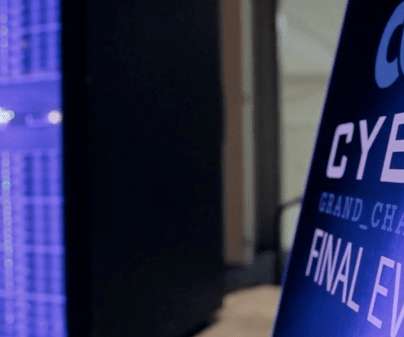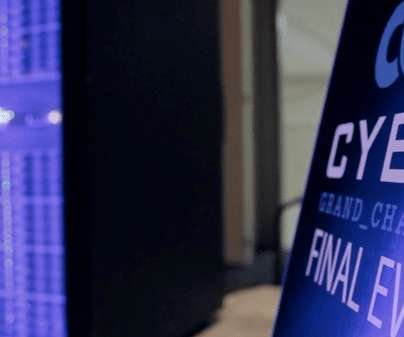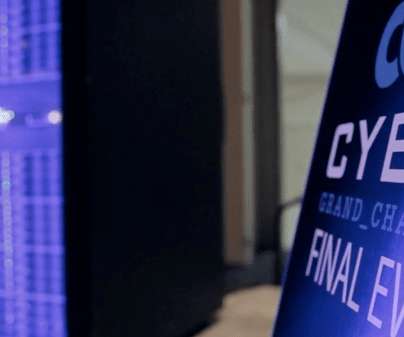Five Interesting Israeli CyberSecurity Companies
Joseph Steinberg
APRIL 7, 2021
For years, in articles, lectures, and books I have discussed how the spread of IoT and AI technologies – both individually and together – are dramatically increasing the danger to human life posed by cyberattacks on healthcare facilities. Argus Cyber Security .


















Let's personalize your content